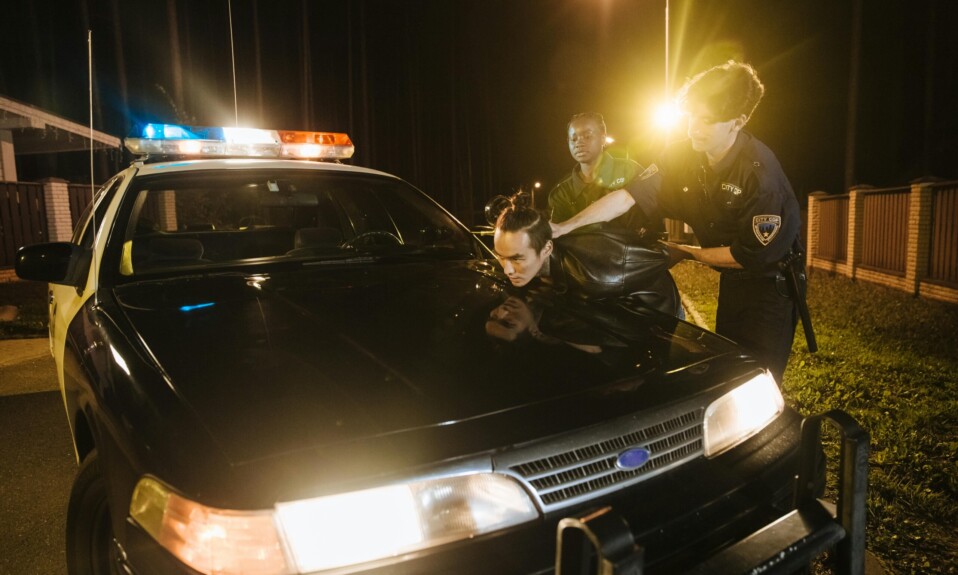Car accidents are an unfortunate reality on our roads, and they can have devastating consequences for those involved. In the United States alone, millions of car collisions occur each year, resulting in injuries, property damage, and even loss of life. When these accidents occur, it’s crucial to understand the legal implications and obligations that arise from such incidents. This is where car collision law comes into play – a set of rules and regulations that govern the rights and responsibilities of all parties involved in a car accident.
What Defines a Collision in Cars?
A car collision, also known as a motor vehicle accident, is legally defined as an unintentional event involving one or more vehicles in which damage or injury occurs. There are various types of collisions, each with its own set of characteristics and potential consequences. Some common types include:
- Rear-end collisions: When one vehicle crashes into the back of another vehicle that is stopped or moving in the same direction.
- Side-impact collisions: When one vehicle strikes the side of another vehicle, often occurring at intersections or during lane changes.
- Head-on collisions: When the front ends of two vehicles collide while traveling in opposite directions.
- Single-vehicle collisions: occur when a moving vehicle collides with an immobile obstacle, such as a structure, guardrail, or tree.
Several factors can contribute to the occurrence of car collisions, including distracted driving, speeding, impaired driving (under the influence of drugs or alcohol), reckless driving, and adverse weather conditions.
What Happens When a Collision Occurs?
When a car collision occurs, there are several important steps that drivers should take immediately:
- Stop and secure the scene: Pull over to a safe location, turn on hazard lights, and set up warning devices (e.g., flares or reflective triangles) if possible.
- Check for injuries: Assess the condition of all occupants in the vehicles involved and call for emergency medical assistance if needed.
- Call the police: Report the accident to the appropriate authorities, even if it seems minor. This creates an official record of the incident, which can be crucial for insurance claims and legal proceedings.
- Exchange information: Obtain the names, contact information, license plate numbers, and insurance details of all parties involved, including any witnesses.
- Recording of the scene: Document the accident scene, vehicle damage, and any visible injuries with photographs or videos. Regarding disputes or legal proceedings, this evidence may prove to be invaluable.
- Report to insurance companies: Notify your insurance provider about the accident as soon as possible, providing accurate and detailed information about the incident.
It’s important to remain calm and cooperative during this process and avoid admitting fault or making statements that could potentially jeopardize your legal standing.
What is the Person Who Causes an Accident Called?
When a driver is found to be negligent or at fault for causing an automobile collision, that individual is frequently labeled the “negligent driver” or the “at-fault party.” Typically, this determination is reached after conducting an exhaustive investigation of the collision’s precipitating circumstances, which may include an examination of traffic regulations, road conditions, and the conduct of all involved parties.
The at-fault party in a car accident may be held legally responsible for any injuries, property damage, or other losses resulting from their negligent behavior. This responsibility can take various forms, including:
- Financial liability: The at-fault party’s insurance company may be required to cover the costs associated with the accident, such as medical expenses, vehicle repairs, or property damage sustained by the other parties involved.
- Traffic violations: Depending on the circumstances, the at-fault party may be issued traffic citations or fines for violating relevant laws or regulations, such as running a red light, speeding, or driving under the influence.
- Civil lawsuits: In cases involving severe injuries or significant damages, the victims or their representatives may choose to file a civil lawsuit against the at-fault party to seek compensation for their losses.
- Criminal charges: In extreme cases where the at-fault party’s actions were particularly reckless or intentional, they may face criminal charges, such as vehicular manslaughter or assault with a deadly weapon (the vehicle).
It’s important to note that determining fault in a car collision can be a complex process, and the specific laws and regulations governing liability may vary from state to state. In some cases, multiple parties may share a portion of the fault, leading to the concept of “comparative negligence” or “contributory negligence,” which can impact the allocation of responsibility and compensation.
Two Types of Collisions
When it comes to car collisions, the legal system recognizes two main types: no-fault collisions and fault-based collisions. Understanding the differences between these two categories is crucial for navigating the claims process and ensuring fair compensation for all parties involved.
- No-Fault Collisions: In certain states, a no-fault insurance system is in place for car accidents. Under this system, each driver’s insurance company is responsible for covering their own policyholder’s medical expenses and other related costs, regardless of who was at fault for the collision.
The primary advantage of a no-fault system is that it streamlines the claims process and ensures prompt compensation for medical expenses, lost wages, and other related costs. However, it also means that individuals may be limited in their ability to seek additional compensation for non-economic damages, such as pain and suffering, unless the injuries meet certain severity thresholds.
- Fault-Based Collisions: In states that follow a fault-based system, also known as a tort system, the determination of fault is a crucial factor in determining liability and compensation. In these cases, the at-fault party’s insurance company is typically responsible for covering the damages and losses sustained by the other parties involved in the collision.
To establish fault, a thorough investigation is conducted, often involving police reports, witness statements, and evidence from the accident scene. Factors such as traffic violations, impaired driving, and negligent behavior are taken into consideration.
In fault-based systems, the concept of “comparative negligence” or “contributory negligence” may come into play. This means that if both parties are found to have contributed to the accident, the amount of compensation awarded may be reduced proportionally based on each party’s degree of fault.









